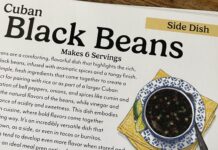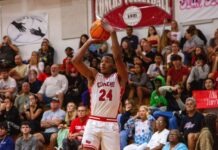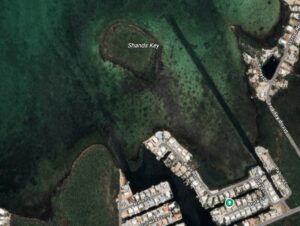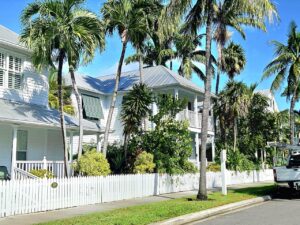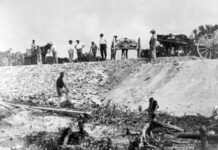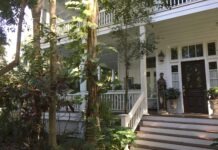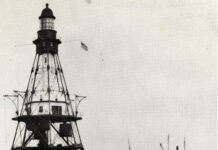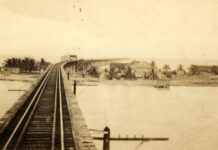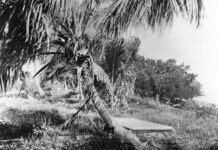Attack at Indian Key – Upper Keys History
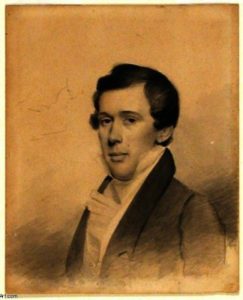
In the early morning hours of Aug. 7, 1840, some 130 Indians paddled out to Indian Key and launched a surprise attack. Of the roughly 50 people still living on the island at the time, six or seven were killed — depending on the account.
It is said that the Indians entered resident Jacob Housman’s house from the rear. He and his wife escaped out a window and ran out into the Atlantic shallows to hide from the assault. Two of Housman’s large dogs followed them, barking in their excitement. In order to hide their position, Housman had to silence the animals. He placed a hand atop each of the dogs’ heads and drowned them.
The house, as well as many of the island’s structures, were burned by the Indians. The Housmans escaped to a military ship, the Medium, anchored offshore where Housman would later stand smoking a cigar as he watched the island burn. “Well,” he reportedly said. “There goes two-hundred thousand dollars up in smoke.”
Left with nothing after the attack, Housman moved to Key West where he was crushed to death in a wrecking accident less than a year later.
From settlement to community – Marathon History

Marathon did not exist prior to 1908. Originally, Marathon was a settlement on the island of Key Vaca. It was not the first of the island’s settlements, but it certainly grew to become the most significant community.
One of the earliest settlements established on Key Vaca in the years after Florida became an American territory was Port Monroe, founded by Joshua Appelby and Captain John Fiveash in 1822.
Port Monroe was a short-lived community. Another early community to appear in the historical record was Conchtown, said to have been located at the east end of Key Vaca. In the 1850s, Conchtown was home to William Bethel, Temple Pent, and Richard Russell, among others.
Russell would leave Conchtown circa 1854 and move to Upper Matecumbe Key. George Adderly would move away from Upper Matecumbe Key in the early 1890s and settle on Key Vaca, where Crane Point Hammock is today. A small settlement developed in the area of that site that is remembered as Adderlytown.
It would be a few years, not until 1908, that the place name Marathon would enter the history books. Initially a railroad work camp, Marathon would begin to transition into a community providing school and church services in 1910.
Politics rears its head – Key West History
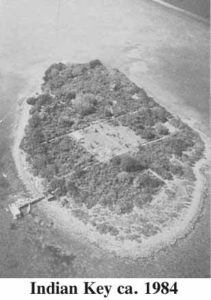
Intrigue and corruption have been a part of politics for as long as people have been voting. The Florida Keys have not proved to be an exception.
An example of island shenanigans was presented in a letter dated Aug. 8, 1829, written by the customs collector at Key West and sent to President Andrew Jackson.
“At the election for a delegate to Congress held at Indian Key in the county on the first Monday of May last, Captain John Jackson permitted his two Lieutenant Messrs. Day and Harby to go on shore from the cutter under his command with most of the crew of said cutter for the purpose of voting. Eighteen of whom did and the two lieutenants. I have been been credibly informed that several of the men belonging to said cutter declined voting in consequence of Lt. Harby requiring their vote for Col. J.M. White when it was their wish to vote for Col. Jas. Gadsen.”
